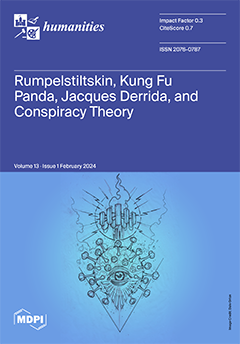Shatila camp in Beirut was founded in 1949 and now houses up to 40,000 refugees. In 2017, the Peirene Press publisher Meike Ziervogel and London-based Syrian editor Suhir Hedal travelled to the camp to hold a three-day creative writing workshop in which nine
[...] Read more.
Shatila camp in Beirut was founded in 1949 and now houses up to 40,000 refugees. In 2017, the Peirene Press publisher Meike Ziervogel and London-based Syrian editor Suhir Hedal travelled to the camp to hold a three-day creative writing workshop in which nine Syrian and Palestinian refugees participated. The result is
Shatila Stories (2018), a brilliant piece of collaborative fiction translated from Arabic to English by Naswa Gowanlock. It is a hybrid between a novel and a short story collection, in which refugee voices are given the chance to speak up, share their stories, and negotiate their identities. This article examines
Shatila Stories (2018) as a book that highlights Shatila as a
campscape (Diana Martín). These stories show that the camp, as Adam Ramadan argues, is not empty of law and political life, but rather it is a meaningful space produced by who and what is in it, and how they interrelate and interact.
Shatila Stories is, indeed, an effective platform that allows readers to understand how refugees’ conflicts and thoughts are processed and the ways in which refugees in Shatila accept and embody the camp’s liminality and their border subject identity to gain agency and resist the restrained passivity to which they are often relegated. Ultimately, my analysis pays attention to how these stories encourage the renegotiation of the refugees’ selfhood and counter Agamben’s perception of refugees as “bare lives” by portraying them as autonomous, active and humanized individuals in the eyes of the international reader.
Full article





